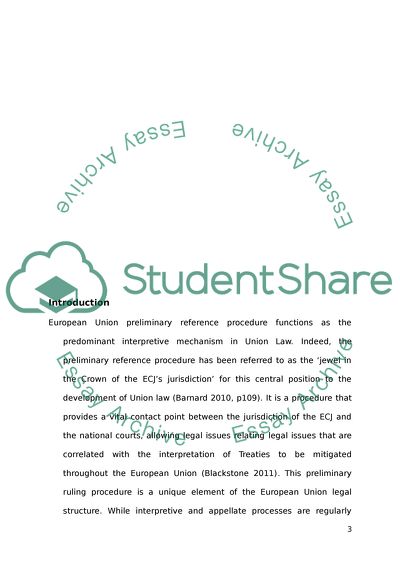Cite this document
(“Preliminary Reference Procedure in Ensuring Uniformity and Consistent Essay”, n.d.)
Preliminary Reference Procedure in Ensuring Uniformity and Consistent Essay. Retrieved from https://studentshare.org/law/1439932-with-particular-focus-on-articles
Preliminary Reference Procedure in Ensuring Uniformity and Consistent Essay. Retrieved from https://studentshare.org/law/1439932-with-particular-focus-on-articles
(Preliminary Reference Procedure in Ensuring Uniformity and Consistent Essay)
Preliminary Reference Procedure in Ensuring Uniformity and Consistent Essay. https://studentshare.org/law/1439932-with-particular-focus-on-articles.
Preliminary Reference Procedure in Ensuring Uniformity and Consistent Essay. https://studentshare.org/law/1439932-with-particular-focus-on-articles.
“Preliminary Reference Procedure in Ensuring Uniformity and Consistent Essay”, n.d. https://studentshare.org/law/1439932-with-particular-focus-on-articles.


